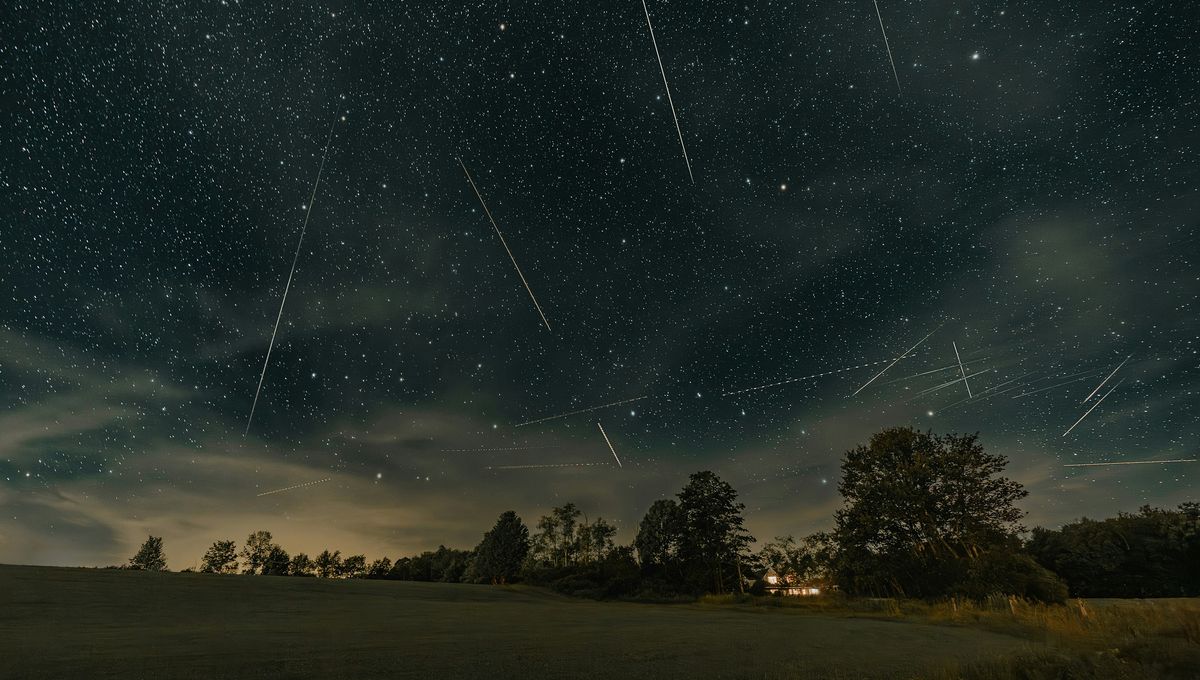
A recently discovered meteor shower that peaks just once every five years is expected to reach its crescendo this week. Known as the chi Cygnids, the rare shower has been slowly increasing in intensity since late August, leading to predictions that it could light up the sky between September 13 and 15.
The rest of this article is behind a paywall. Please sign in or subscribe to access the full content.
Actually, that’s probably a bit of an exaggeration, as this celestial debris field is far less dazzling than other famous meteor showers like the Perseids. As well as being fairly faint, the chi Cygnids are also somewhat few and far between, with just one or two appearing per hour during the peak of activity.
Still, there’s something undeniably special about catching a glimpse of a cosmic event that we didn’t even know existed until a decade ago. First observed by SETI Institute and NASA astronomer Peter Jenniskens in 2015, the chi Cygnids were then spotted again in 2020, while retrospective data showed that they also appeared in 2010.
A recent announcement from the SETI Institute documenting the detection of an uptick in chi Cygnid activity on September 3 would therefore appear to confirm the shower’s five-year periodicity – assuming the predicted peak later this month actually materializes.
And while all the signs suggest that this will indeed be the case, the fact that we still know so little about this rare spectacle introduces an element of doubt. For instance, we still haven’t figured out which comet is responsible for producing the debris that gives rise to the meteor shower whenever the Earth crosses its path.
According to Jenniskens, a possible candidate is an asteroid called 2020RF, which moves in sync with Jupiter and completes three orbits of the Sun for every seven completed by the gas giant. This means the comet circumnavigates the Sun once every 5.08 years, which ties in nicely with the periodicity of the chi Cygnids.
Should the meteor shower peak as expected, shooting stars will be seen to radiate from the star Chi Cygni in the constellation of Cygnus, the “Swan”. At this time of year, Cygnus appears high in the sky shortly after dark, which means the shower will be most visible in the evening rather than in the early hours of the morning – as is the case with the Perseids, the Geminids, and many other annual meteor showers.
Luckily, the Moon isn’t due to rise until around midnight on the nights of September 13 and 14, so anyone who’s able to get to a dark sky location should have a good chance of spotting this unusual cosmic event.
Source Link: “Something Undeniably Special”: The Chi Cygnids, A New Five-Yearly Meteor Shower, Peak This Month